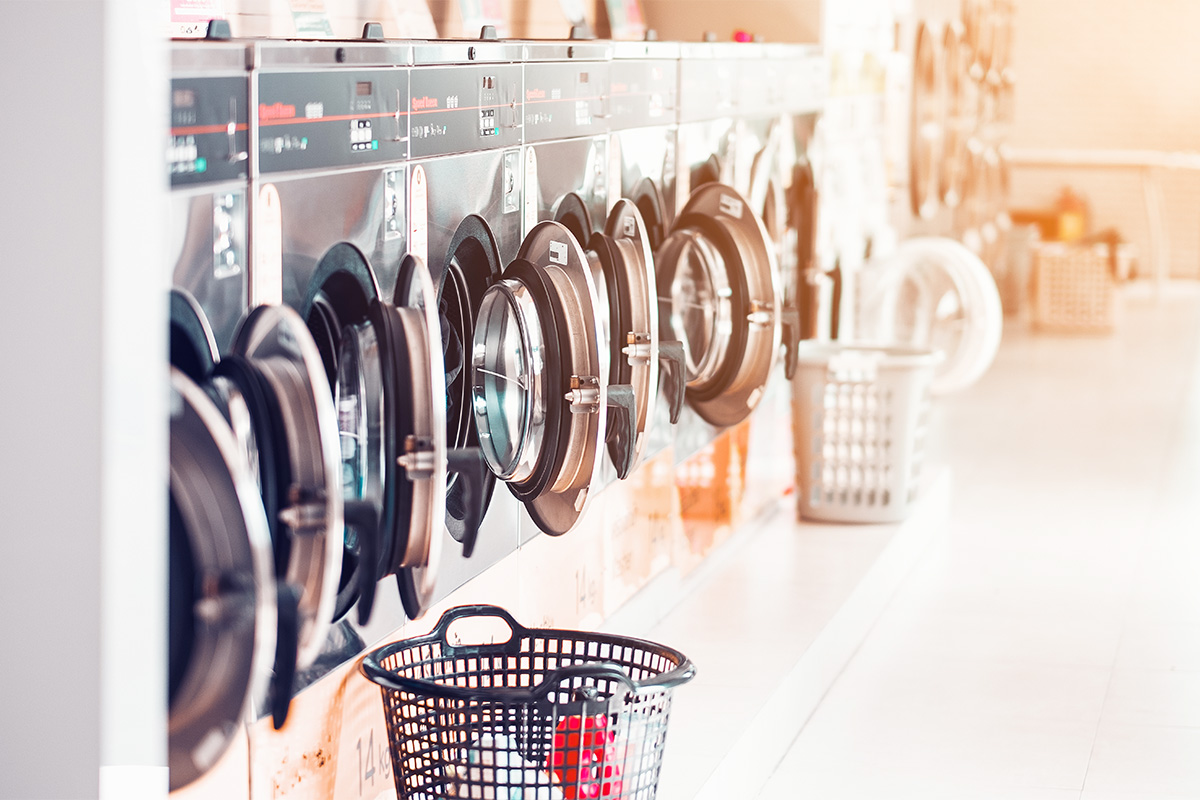

This is your one-stop washing guide for every beginner or one who needs better results from their current routine! Washing clothes may be as easy as throwing them into the machine, pressing start, and hoping for the best, but a few smart techniques can protect fabrics from undue wear, prolong their life, and make laundry easier.
This washing guide covers everything from washing delicate clothes to understanding washing machine settings, washing jeans the best way, and eco-friendly laundry tips for saving both water and electricity. I’m slightly ducking into it now!
The golden rule of laundry? Separate before you wash. Here is a simple classification:
Separating avoids colour transfer, prolongs wear, and makes sure your whites stay white and never pink!
Understanding how the washing machine settings affect the result of your laundry can delicate whether it works at all. The following are some excellent shortcuts:
Use the correct setting based on the fabric type and how dirty the clothes are.
The hot water laundry adds to the cold by washing also cold with hot water, but then there is a suggestion for washing clothes, all in all, which one has opted for.
It’s mostly what would make washing in cold water or hot-warm-in-between. Cold water (or water in the range of 20-30 degrees): most energy-efficient; protects colour; includes items of little soil or delicate textiles.
Warm water (40 degrees): great, clear balance for most loads- cleanliness without effort. Very hot water, such as 60 degrees, and above: appropriate for whitest, nastiest, or most sanitising items (hence baby clothes or gym clothing).
Because cold water works well in almost every modern detergent, it’s also the better choice for the environment.
The last step in washing is considered delicate, as the steps involve:
Such items that need tender and loving care include lace, silk or wool, for the retention of shape and squishiness.
Washing jeans is a complex process. Too often, jeans fade and wear, while dirty jeans are in no one’s favour. Here is how you should treat your jeans while washing:
Unless visibility is dirty, consider spot cleaning or throwing in the dryer with a dryer sheet to refresh.
Whatever it might be, from wine to grass and coffee, you know how to remove stains from clothes, and you’ll save your best outfits when the moment comes. Here’s how:
Dry Clothes Properly
Don’t put everything in the dryer. Here is how to dry clothes properly:
It saves energy and extends the life of the clothing when done smartly.
Laundry can be done without completely getting rid of the earth. Here are the environmentally friendly laundry tips:
Use eco-friendly detergents free of harsh chemicals. Install a high-efficiency appliance, or go to a local laundromat such as Top Town Laundromat that has already installed them. Small changes can have a big impact over time.
Still a little lost? Here are a few more laundry tips and tricks for beginners:
Create a laundry basket system, so you can sort as you go, with individual containers for whites, darks, and delicates.
Final Thoughts
Learn to do laundry well; it may take a little practice, but with the right techniques, you will never wreck a shirt or accidentally shrink that favourite sweater ever again. From students trying out laundry for dummies to parents carrying endless loads, washing clothes properly can save time, money, and a few curse words.
Top Town Laundromat has modern appliances for our self-serve customers and a friendly environment that makes laundry easier. Bring this guide-or bookmark it for easy access – so you can eliminate all guesswork.